| Altri nomi | Taglierina per incisione, taglierina per frantumazione, coltelli per taglio a incisione, coltelli per ritagli, tronchesini per frantumazione, coltelli concavi |
|---|---|
| Luogo d'origine | Cina |
| Applicazione | Plastica, Carta, Pensione, Tessuto non tessuto, Pellicola, Lamina, Etichette, Nastro, Tessile, Imballaggio, Moquette, Borse, Tubi, Anime, Gomma |
| Materiale | 65Mn,9CrSi,Cr12MoV,SKD-11,HSSl |
| Numero di modello | CV-CK |
| Servizio dell'OEM | Disponibile |
| Termini di pagamento | L/C, T/T, Western Union |
| Pacchetto | Scatola di cartone, In casse di legno |
| Tempi di consegna | 7-20 giorni |
Condividere a:
Coltelli circolari, also known as rotary blades or disc knives, are cutting tools with a circular shape and a sharpened outer edge. They are designed to cut materials through a rotary motion, often against a counter blade or anvil. The term “circular knives” is broad and encompasses a wide variety of disc-shaped cutting tools used across numerous industries for slicing, slitting, perforating, and scoring various materials. Their rotating action allows for continuous and efficient cutting, making them ideal for high-speed production processes.
Coltelli circolari find extensive applications across a multitude of industries due to their efficiency and versatility in cutting various materials. Some key uses include:
The choice of material for circular knives depends heavily on the material being cut, the speed of operation, and the required lifespan of the blade. Common materials include:
Coatings such as titanium nitride (TiN), chromium nitride (CrN), or diamond-like carbon (DLC) can be applied to enhance surface hardness, reduce friction, and extend the life of circular knives, especially when dealing with abrasive or sticky materials.
Coltelli circolari come in a wide array of shapes and edge configurations to optimize cutting performance for specific applications. Common shapes include:
The working principle of circular knives involves rotary motion combined with controlled pressure against the material being cut. The sharpness and geometry of the cutting edge, along with the speed of rotation and the material properties, determine the quality and efficiency of the cut. In many applications, circular knives work in conjunction with anvils, counter blades, or other rollers to provide support and ensure a clean cut.
Benvenuto a chiedere informazioni!
If you don’t find the shear blade you are looking for, we can also customize it, see our “Lame personalizzate" per scoprire come!
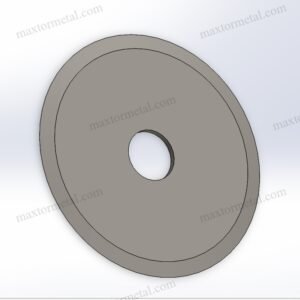

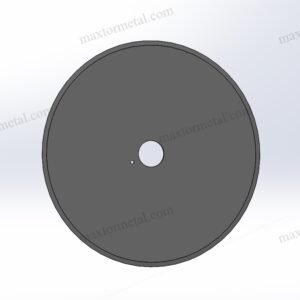
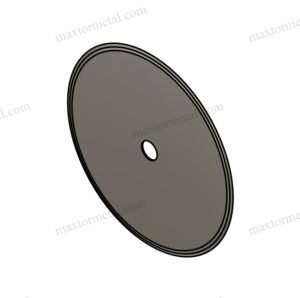
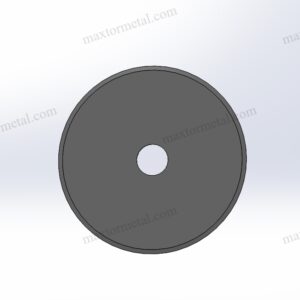
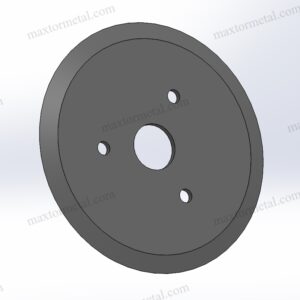
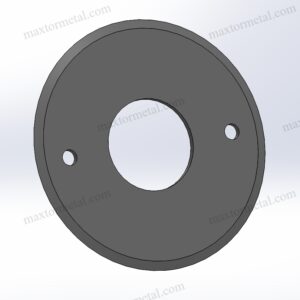
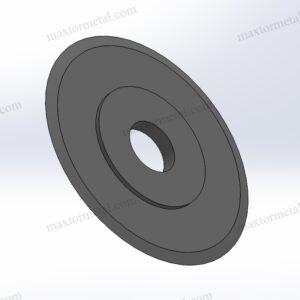


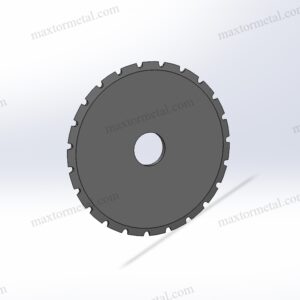
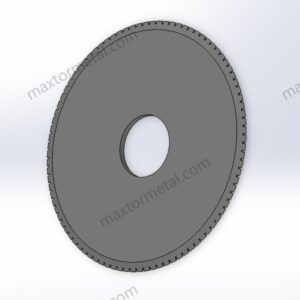
È facile usufruire della comodità dell'importazione: dal trasporto allo sdoganamento, ci occupiamo dell'intero processo, tu devi solo pagare l'IVA e attendere che la merce arrivi in azienda.
Abbiamo visto le sue lame utilizzate in innumerevoli applicazioni ed è pronto a gestire qualsiasi progetto ci venga proposto, offrendo precisione, durata e prezzi competitivi senza pari.
Che tu fornisca disegni, schizzi o campioni, siamo in grado di disegnare e produrre per te. Abbiamo anche la capacità di assistere nella modifica di progetti e specifiche esistenti per migliorare quasi ogni applicazione di utensili industriali. Contatta il nostro team di vendita dedicato per discutere le tue esigenze specifiche.
Per controllare la qualità vengono eseguiti una serie di test e ispezioni, tra cui l'ispezione del primo articolo, l'ispezione del materiale in entrata e dei materiali certificati, l'ispezione della qualità in corso di lavorazione e l'ispezione della qualità finale.
Che tu sia un importatore, un distributore, un grossista o un utente finale, ti invitiamo a unirti a noi con un MOQ minimo, nessuna seccatura per le richieste e maggiore libertà di acquisto.
Diventa il tuo monitor esclusivo, trasmissione regolare di ogni nodo importante nella linea di produzione, non importa quanto lontano, per comprendere il progresso del prodotto il più lontano possibile!
Nanchino Metal Industrial CO., Limited
Parco industriale Mingjue, Lishui, Nanchino, Jiangsu, Cina
Rimani aggiornato con le nostre ultime novità.